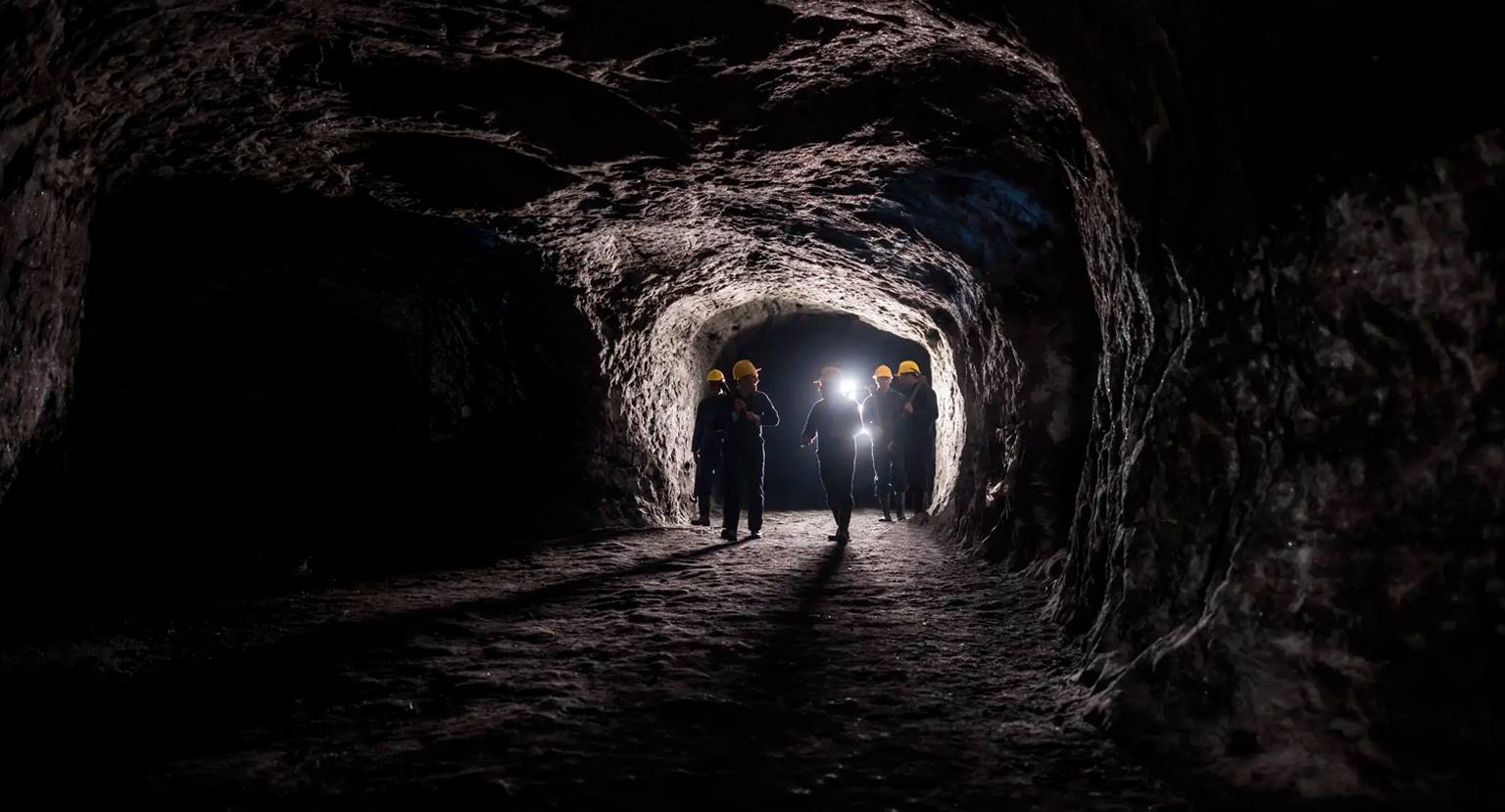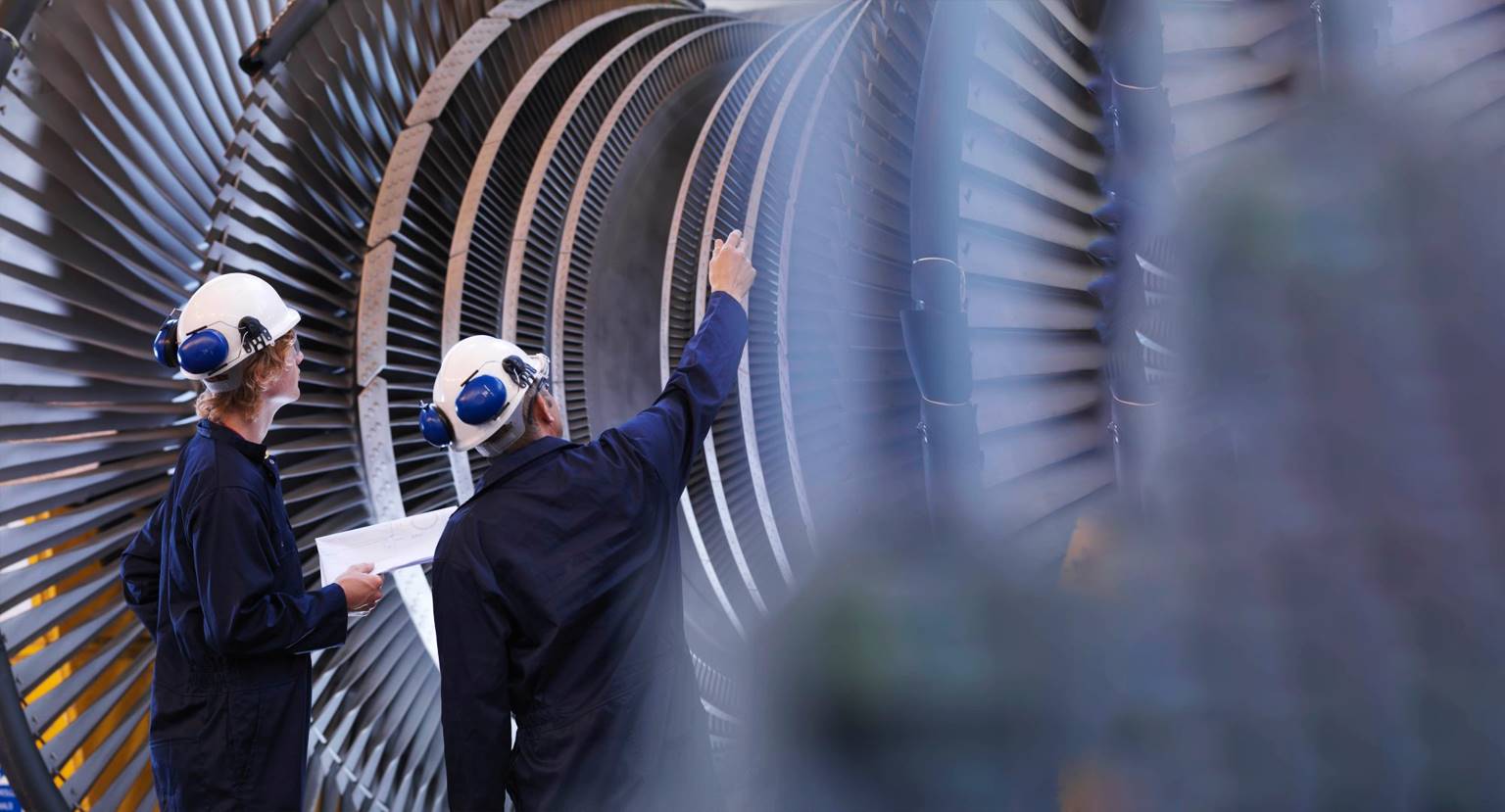Subscribe
Get the latest on HIDROpump news and events.
Complete the following box with your email and join this great team.
If you have had the opportunity to work in the industrial sector, then you are aware that the material that could never be lacking in the manufacture of a pump is stainless steel: be it for the entire piece or, at least, for some of its parts.
But, what exactly is steel and how is it obtained?
It’s an iron alloy that contains a percentage of between 0.03% and 1.075% of variable carbon by weight. To be able to manufacture it, the iron base is melted in a blast furnace with “coke”, the fuel with which impurities are cleaned (also called “reduction” or “pig iron”). This process is usually supplemented by adding lime stones and injecting highly pure oxygen into the previously molten ore.
Have you ever wondered: why the term “stainless”?
Surely yes. But, unfortunately, we must explain to you that, paradoxically, stainless steel is not exactly free from the possibility of rusting. The reason why they call it this way is because, in contrast to common steel, this type of steel has the ability to withstand much more everyday use, for much longer, before showing any signs of aging or wear.
What makes it, in most cases, really resistant, are the additions of other elements such as nickel and chromium, in addition to having very low levels of carbon.
Stainless steel in the manufacture of hydraulic pumps
For the manufacture of hydraulic pumping systems, austenitic steel is usually used, which is nothing more than a stainless steel with the differential advantage of having formability and high resistance to corrosion as a characteristic, given the possible constant contact with abrasive elements and corrosive
Differences between two types of steel
Austenitic steels can be of two types: 304 stainless steel and 316 stainless steel. Both are the most commonly used steels in the manufacture of centrifugal pumps. The difference between their alloys must really be considered.
316 stainless steel contains molybdenum, which is an element that may be able to dramatically improve corrosion resistance, typically in contexts that are exposed to chloride or with more saline properties.
On the other hand, 304 stainless steel is ideal for mild to moderately corrosive items. This element is present in submersible pumps for deep wells and in centrifugal pumps that are often used in aquaculture contexts, irrigation systems, cooling and fluid treatment.
Finally, now that you know how important the use of stainless steel is in pumps, make your purchase safely! At HIDROpump we lead industrial solutions. Contact us!



